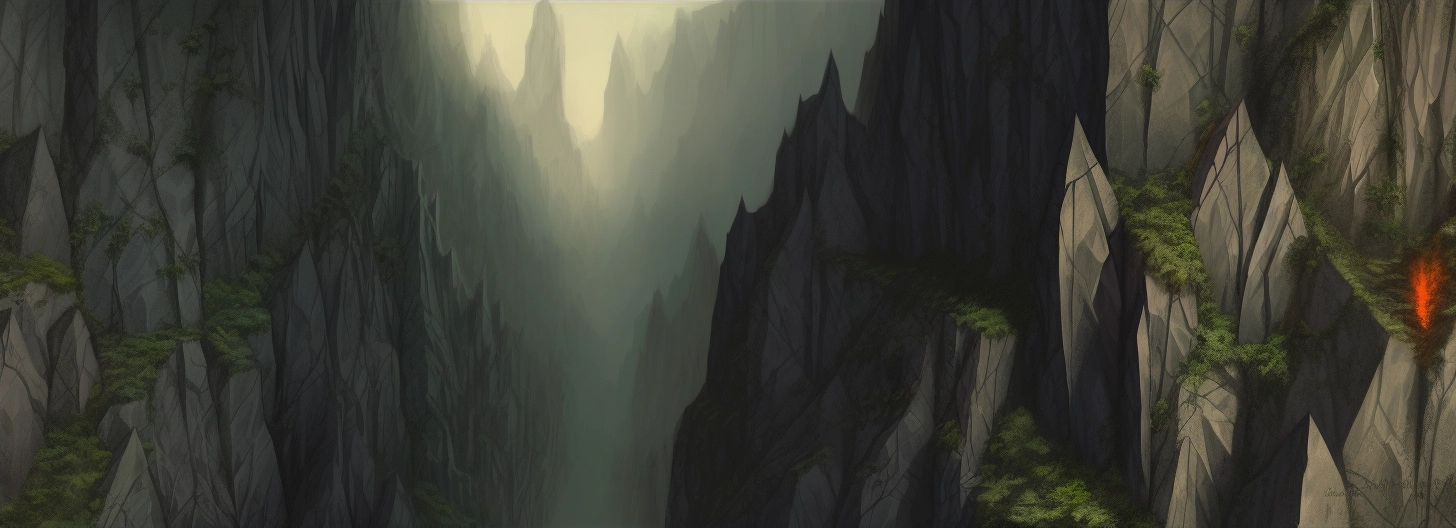


How do you begin this mammoth task and what things do you need to create and write about?
My most important tip is to realize the following…
You don’t have to plan in detail every aspect of your world because that would take an entire lifetime.
In this post, you’ll find my outline you can use to plan out your setting as well as a few ways to do this quickly, only using as much information as is needed.
As a quick note, this is to fit in with a typical d&d fantasy setting, but you can change the structure to fit whatever genre or system you might be using.
Make a list of all the different types of content that are in your setting and then for each one, think of a few bullet points to create a sort of template. As an example this could be your starting list: Location, Item, NPC, Creature and Groups. You can break them down into categories, locations might encompass villages, towns, cities, landmarks, terrain areas and more for example.
Your bullet points for a village might just be a population count, a leader and any notable resources they might have access to or harvest for trade. Other templates might require a slightly more detailed layout like an NPC can have all kinds of descriptors, personality traits and mannerisms attached to them.
Now you have an idea of your content types and templates you need to find a way to store all your information. Speaking as somebody with experience in this matter, you don’t want to invest a lot of time in a system to discover it doesn’t really work then have to redo everything in a new system later on.
There are a few choices in ways to accomplish this, either a physical system like a tabbed notebook, a localized digital system hosted on your own machine or a web/server based system. Leaving the old fashioned pen and paper approach alone for a moment you have two main choices with a service attached to the internet by far the easiest and usually the simplest solution.
An excellent free tool to use for a local project is OneNote, you’ll find many guides online on how to put this to use for d&d, it even has web based versions as well. Spreadsheets such as Excel and Google Sheets have their own merit as an information storage system. Both of these approaches can take a lot of set up time, pre-made templates from others can help if you can find ones to suit your system and style but you still have to put the work in.
My favored approach is now using web based world building and campaign management systems like World Anvil. The free versions of these types of applications are usually pretty good, they are simple to use, visually appealing and offer templates to get started with. If you find one you really get on with then a paid version might offer you even more and could definitely be worth it in the long run. I am now a very happy World Anvil user, I highly recommend giving them a go!
A map is important, it serves as a visual reference to where settlements and landmarks are, how much distance is between them and reminds you of what kinds of terrain features exist and where. You might only use the world map as the dungeon master for yourself and have the players have access to local maps on a much smaller scale, or you could want a world map everyone can share, see and use.
An excellent tool for map making is WonderDraft, they also have a version called DungeonDraft for smaller scale maps. You don’t need to be an artist to make epic maps with software like this and it’s quite fast once you get the hang of it.
That’s it for the basics - go and worldbuild! For more information on any of the above you get in touch with me or sign up to one of my courses on world building or campaign management.